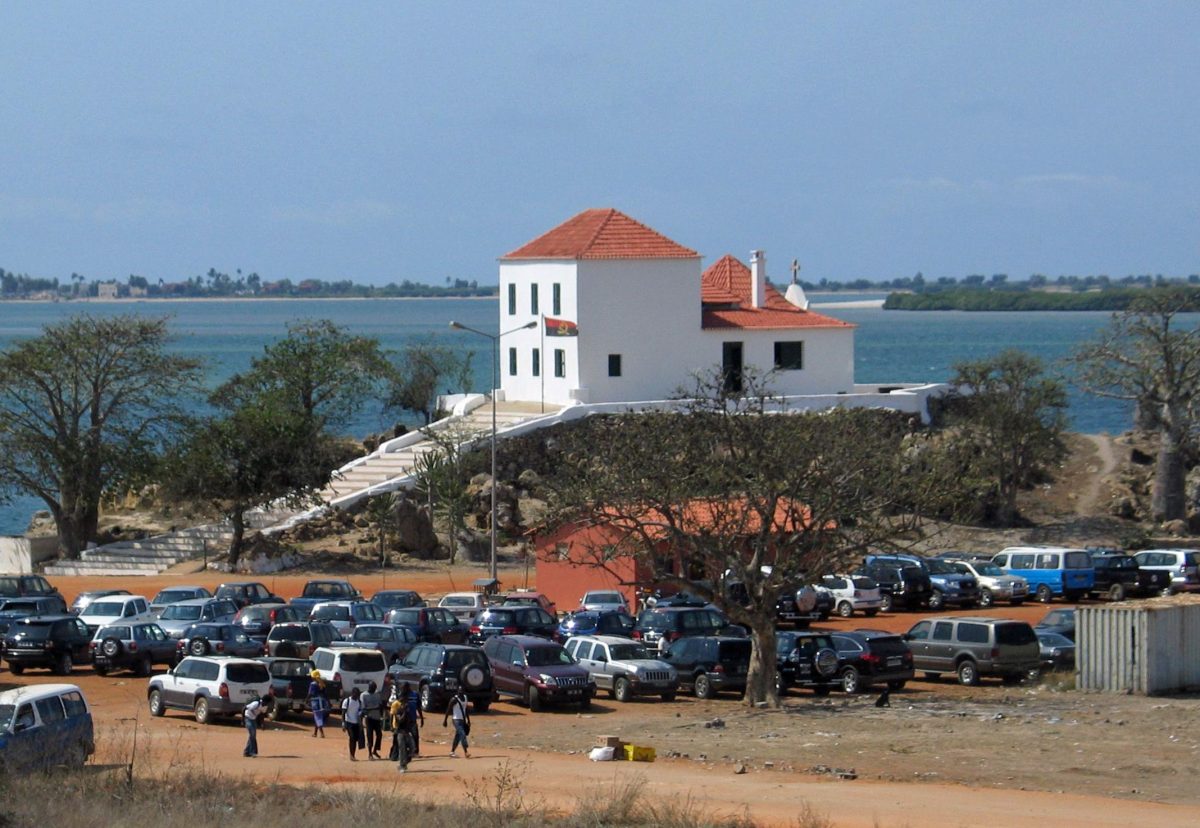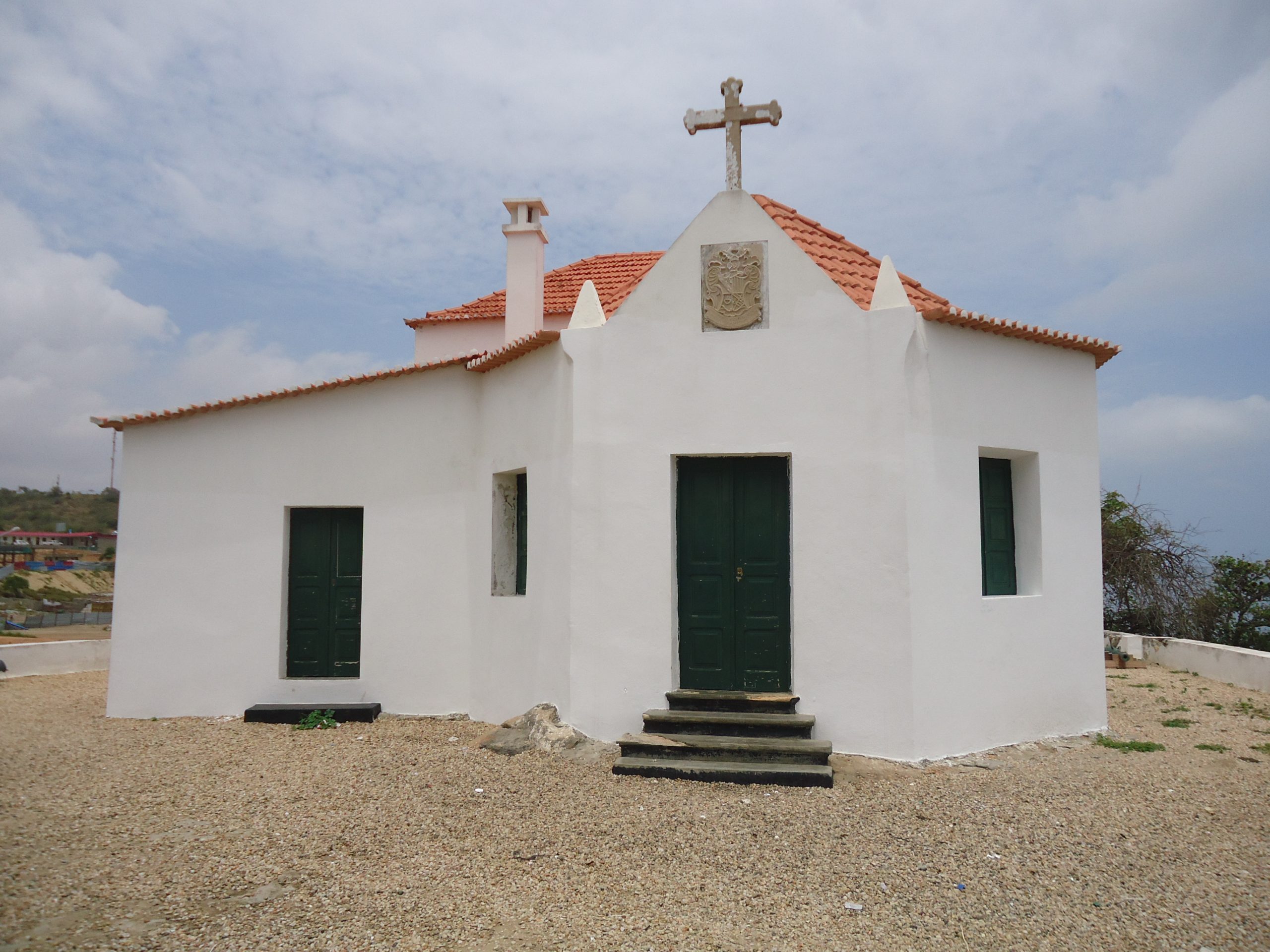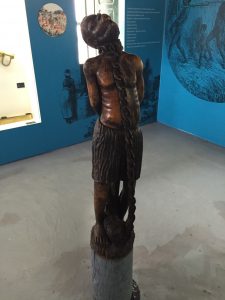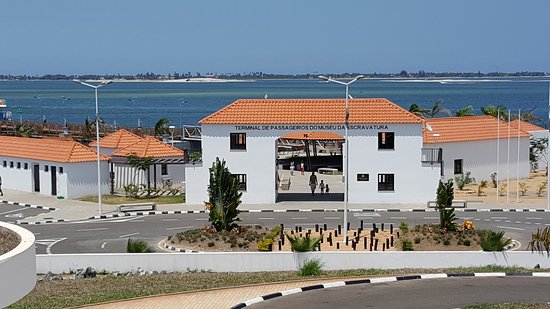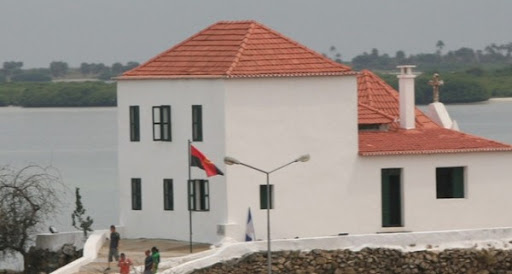Located in Morro da Cruz, in the Luanda city, the National Slavery Museum is an important cultural heritage of Angola dedicated to preserving the collective memory of the 500 years of slavery to which Angolans were subjected.
Inaugurated in 1997, this important information system is filled with artefacts of high historical value that preserve and relate the long history of slavery in Angola.
Its headquarters are in the Capela da Casa Grande, a 17th century temple, where slaves were baptized before boarding the slave ships that took them to America.
The museum, which brings together and exhibits hundreds of pieces used in the slave trade process, is located on the former property of Álvaro de Carvalho Matoso, one of the largest slave traders on the African coast in the first half of the 18th century.
main attractions
- Slavery Museum
In addition to the charm provided by the history behind each of the hundreds of pieces present in the collections, the National Slavery Museum has several attractions, with a main emphasis on theatre, poetry, music workshops and lectures, with theatrical plays in most cases faithfully portraying the history of the slave trade in the country.
Despite being in the present, the history and artefacts of the Museu Nacional da Escravatura offer an authentic journey into the past.
Another very relevant aspect to be highlighted is the connection between the National Slavery Museum and the handicraft square in Benfica.
Both the history and the emblematic pieces of this important heritage have enchanted all who visit the place, however, as the artefacts in the museum cannot be removed by anyone.
The visitor has the possibility to purchase a replica of the artefacts in the handicraft square, which is why it (handicraft square) is located in a strategic location near the Slavery Museum.
Given the importance and traction of this cultural heritage, the Slavery Museum annually receives many foreign and national visitors, with a large flow of students from various schools in the country, and other natural persons.
Some for pure leisure, others for the need for information, visitors are delighted to learn about the history of slavery that lasted approximately 5 centuries in Angolan territory.
- Slavery Museum
perspectives
- Slavery Museum
As part of the effectiveness of the social role of museums in the preservation, enhancement and dissemination of history, culture as well as the democratization of access to information, the National Slavery Museum is committed to cooperation in order to make the exhibitions more attractive.
The cooperation consists in the collection, conservation and dissemination of artefacts and documents with a high historical value on the slave trade, as a way of making the museum's exhibitions more and more attractive.
As a result of the new activities and permanent exhibitions, the Museu Nacional da Escravatura, registers two thousand and three hundred visitors per month, with an increase of 700 visitors, compared to the thousand and six hundred monthly visitors registered previously.
Due to its rich historical importance of perpetuating the memory of the slave trade and forced labor in Angola, as well as the various artefacts it has, the National Slavery Museum has become a reference and mandatory stop, currently being one of the most visited museum institutions. from the country.
Services of the National Slavery Museum
- Slavery Museum
The museum's information services, such as the exhibitions of the hundreds of pieces that make up the collections. These are incredible events, offering an extraordinary journey through 500 years of slavery.
Each of the pieces in the collections conveys a truly passionate story, with an impeccable dose of leisure.
The best tourism is the combination of leisure, knowledge and unprecedented experiences, nothing better than visiting the National Slavery Museum, and traveling back in time knowing the colonization process that lasted almost 5 centuries.
The National Slavery Museum is without a doubt one of the places you should visit, as well as the magnificent journey provided by the rich history that lasted 5 centuries.
Nearby is the sea and a variety of good restaurants, hotels, and the always charming craft square, which serves as the icing on the cake after an experience at the National Slavery Museum.

